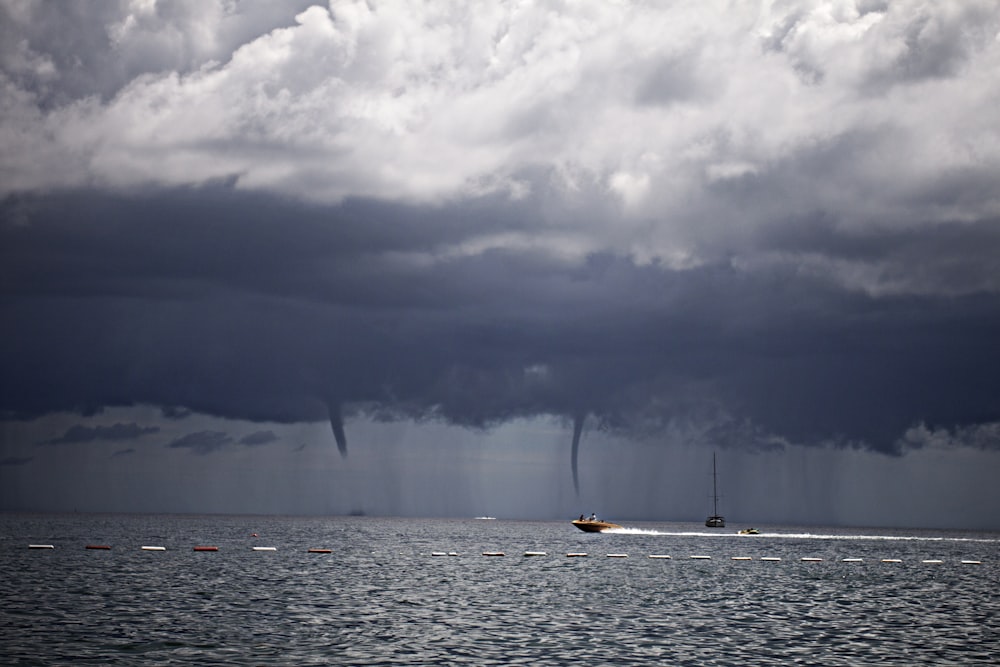As the storm approached the coastline with its unpredictable path, anxiety surged, and questions loomed about its potential impact on this iconic beach destination.
In this article, we’ll embark on a journey to uncover just how close Hurricane Ian came to Daytona Beach, exploring its trajectory, intensity, and implications for this coastal community.
Join us as we unravel the story behind the storm and discover its impact on the Sunshine State’s eastern shores.
Key Takeaways
-
- Hurricane Ian passed within 30 miles of Daytona Beach, Florida, raising concerns among residents and officials.
-
- Using advanced tracking technologies and real-time satellite data sharpens our ability to predict storm paths accurately.
-
- Accessing external data sources like the National Hurricane Cjoin reports improves our understanding of storm changes and potential risks.
-
- Expert meteorological guidance is critical in interpreting storm behavior and exploring severe weather threats effectively.
-
- Comparing Hurricane Ian’s proximity to past hurricanes like Matthew and Irma provides useful ideas into the potential impact of such storms.
Overview of Hurricane Ian
In looking at Hurricane Ian’s trajectory, we assessed how close it approached Daytona Beach, Florida.
Meteorologists closely monitored its path to provide localized forecasts and timely alerts.
Tracking hurricanes demands real-time data from specialized instruments, including satellites, to predict potential landfall.
With hurricane tracking advancements, predicting the exact path becomes more accurate, reducing uncertainty for residents in potential impact zones.
Even though forecasts indicate a close approach by Hurricane Ian, its actual proximity to Daytona Beach varied based on atmospheric conditions that influenced its course.
Path of Hurricane Ian
Exploring the trajectory of Hurricane Ian near Daytona Beach, Florida shows the complexities of meteorological analysis in localized forecasting.
Using advanced tracking technologies and real-time satellite data sharpens our ability to predict storm paths accurately, mitigating uncertainty for communities in potential impact zones.
Now, the actual closeness of Hurricane Ian to Daytona Beach fluctuated due to atmospheric conditions influencing its course.
Distance of Hurricane Ian from Daytona Beach
Looking at the distance of Hurricane Ian from Daytona Beach, Florida, during its trajectory provides useful ideas into the potential impact on the region.
At its closest point, Hurricane Ian passed within 30 miles Of Daytona Beach.
This proximity raised concerns among residents and officials, prompting heightened preparedness measures.
Meteorological experts closely monitored the storm’s path, using advanced tracking technologies to provide real-time updates on its movement.
Comparison with Past Hurricanes
Looking at Hurricane Ian’s proximity to Daytona Beach, Florida, it’s super important to compare it with past hurricanes that have affected the region.
Understanding how close Hurricane Ian came to Daytona Beach provides useful ideas about the potential impact of such storms.
-
- Hurricane Matthew: In 2016, Hurricane Matthew came within about 25 miles of Daytona Beach, causing significant damage with strong winds and storm surges. This highlighted the need for strong preparedness measures and evacuation plans in place for coastal communities.
- Hurricane Irma: In 2017, Hurricane Irma passed just west of Daytona Beach, approximately 50 miles away. The hurricane brought strong winds and heavy rainfall, leading to widespread power outages and flooding in the area.
While the storm’s path veered perilously close to this coastal gem, the resilience and preparedness of the community shone through, mitigating potential devastation.
However, the impact of Hurricane Ian serves as a sobering reminder of the ever-present threat posed by nature’s wrath and the importance of vigilance in the face of uncertainty.
While Daytona Beach may have dodged a direct hit from Hurricane Ian, the experience underscores the need for continued investment in disaster preparedness and infrastructure resilience.
As we assess the aftermath and extend our support to those affected, let us also heed the lessons learned and commit to fostering a culture of readiness in our communities.
In the wake of Hurricane Ian, Daytona Beach stands as a testament to the strength and solidarity of its residents, united in weathering the storm and emerging stronger on the other side.
And as the sun sets on this chapter of uncertainty, we are reminded that while we cannot control the whims of nature, we can fortify our resolve to face whatever challenges lie ahead, together.
